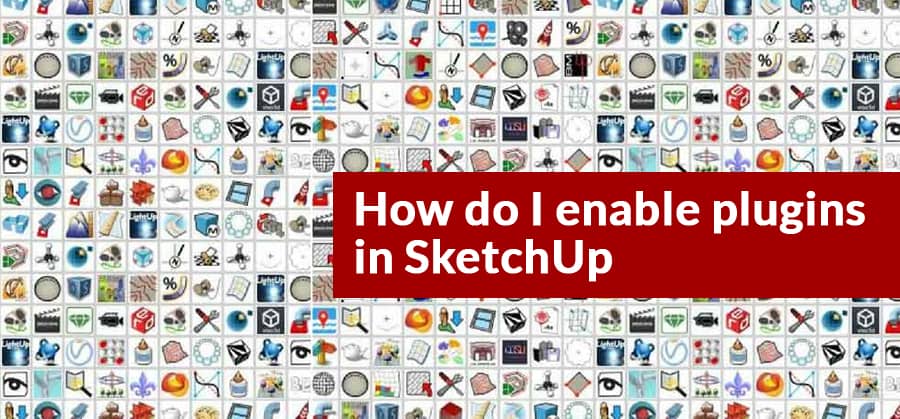If you are a novice to SketchUp and have just recently begun to explore the enormous world of plug-in, this is an excellent starting point. This article will walk you through every potential technique for installing plug-in in SketchUp, as well as everything you need to make the process as simple as possible.
Why you do not see plug-in in SketchUp?
If you don’t see the plug-in menu, it implies you don’t have any active plug-in that require that menu item. If you want to test, then you can launch SketchUp & navigate to Window then Extension Warehouse & Look for the SketchUp plug-in and install it. To download and install plug-in from the Extension Warehouse, you will need a Google Account.
This course is intended for first-time SketchUp users who are comfortable with utilizing various archiving applications and going into their computer’s guts.
Where does SketchUp store Plug-in?
Sign in at the Extension Warehouse Window. Hover over your username in the upper right corner and pick “My Extensions” to get to your “My Extensions” page. The My Extensions page includes extensions that you have previously installed on previous versions and installations of SketchUp.
RBZ installation in SketchUp
SketchUp has made adding plug-in a one-click procedure with the release of SketchUp 8 M2. They developed a new file type (.rbz), which allows you to install plug-in directly from within SketchUp.
- You can select Preferences from the Window menu to open the dialogue box.
- Selecting Extensions from the sidebar displays a list of all active and inactive plug-in that is presently installed.
- By selecting Install Extension, you may go to the .rbz file you downloaded.
- A warning window will appear, asking you to confirm that you wish to install this plug-in and that you are knowledgeable that it will make modifications to your file system. There is no reason to be concerned if you obtained the file from a reliable source.
- Although this is a rather simple method of installing scripts, the RBZ format is not quite widely used. Later, we will look at converting non-RBZ plug-in to .rbz files.
RB File Installation in SketchUp
The .rb file format has traditionally been the standard for providing SketchUp Plug-in. It is just a plain text file created in Ruby and saved as a Ruby file. These can range in complexity. Some are only a single file that adds a menu item. Others contain folders with various files that are given in zip format and may have toolbar functionality and other goodies. We’ll look at how to do this manually in SketchUp.
Whether you are a PC or a Mac user, you must first identify the SketchUp Plug-in folder on your system. Having identified our plug-in folder, adding a plug-in is as simple as dragging and dropping it from your usual browser download folder location to the SketchUp Plug-in folder. If SketchUp is currently open, you must reload it for the plug-in to show.


